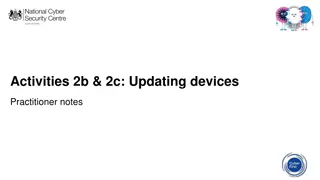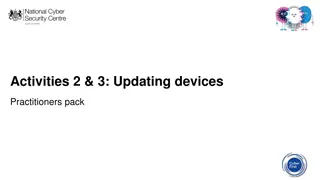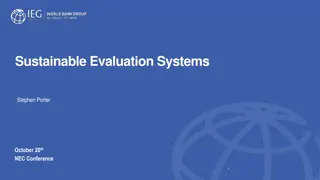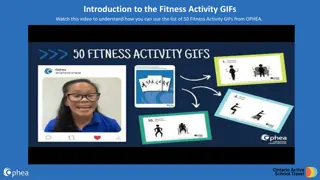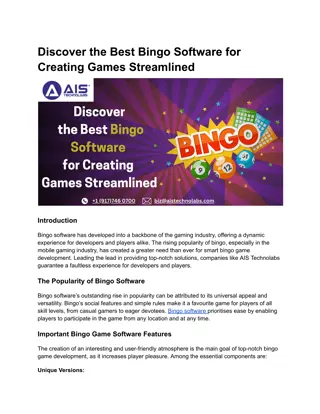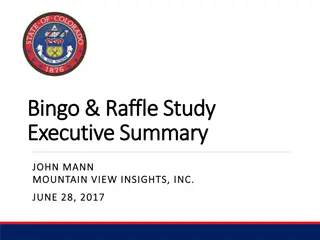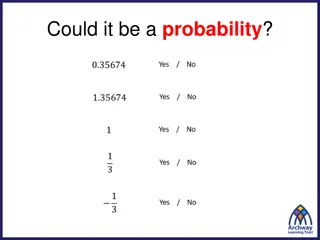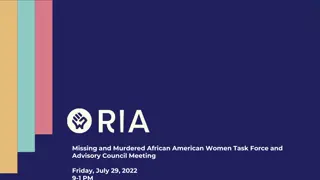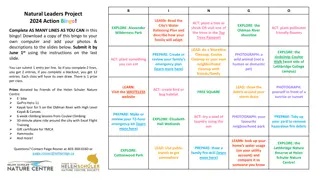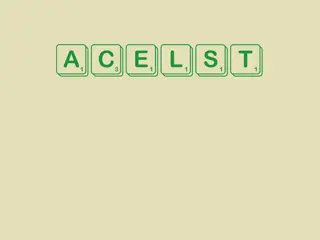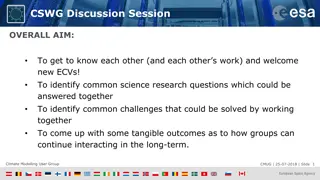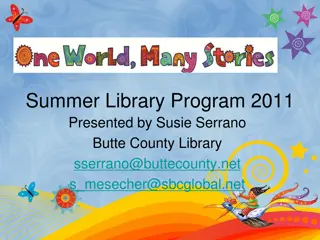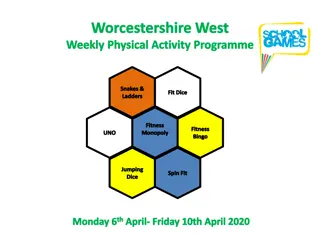
Enhancing Language Skills in Multilingual Education
Explore how students in multilingual education programs may improve their English reading and writing skills through immersive learning experiences. Discover the impact of two-way immersion programs on language development and the importance of maintaining home languages like Hmong. Learn about indigenous language immersion programs designed to preserve endangered languages and cultures. Research findings show the preference for English use among DLI children, regardless of their home language. Dive into the goals of DLI education and the significance of academic achievement in multilingual settings.
Download Presentation

Please find below an Image/Link to download the presentation.
The content on the website is provided AS IS for your information and personal use only. It may not be sold, licensed, or shared on other websites without obtaining consent from the author. If you encounter any issues during the download, it is possible that the publisher has removed the file from their server.
You are allowed to download the files provided on this website for personal or commercial use, subject to the condition that they are used lawfully. All files are the property of their respective owners.
The content on the website is provided AS IS for your information and personal use only. It may not be sold, licensed, or shared on other websites without obtaining consent from the author.
E N D
Presentation Transcript
lag English home language students may experience a _______ in English reading and writing skills. poob qab Cov tub ntxhais hais lus Askiv tom tsev yuav _________ me ntsis ntawm kev nyeem thiab sau ntawv thaum pib. 2
Kev kawm ob hom lus ___________________ txhob txwm muab ob hom me nyuam coj los kawm ua ke- xws li cov tub ntxhais uas paub hais lus Hmoob thiab cov tub ntxhais uas paub hais lus Askiv- kom tag nrho cov me nyuam paub hais ob hom tib si. Two-way immersion _________________ intentionally brings together children from two language groups English home language and those who speak the partner language (e.g., Hmong). 3
For Hmong speakers and bilinguals, their level of Hmong depends on the continued use of Hmong _______ . at home Rau cov tub ntxhais Hmoob, qhov uas lawv yuav keej lus Hmoob poob los ntawm seb lawv puas siv lus hmoob ________. tom tsev 4
Cov kev kawm (Programs) ______________________no tsim muaj los cawm los yog ceev cov neeg khab tej lus, tej kev lis kev cai thiab tej txuj ci cia. Lawv tsuas qhib rau cov tub ntxhais kawm ntawv uas yog los ntawm caj ces ntawd xwb. Nyob rau lub xeev Minnesota lawv muaj cov kev kawm cov khab Ojibwe thiab Dakota cov lus. Indigenous language immersion ___________________________ programs are designed to revitalize endangered indigenous or Native - cultures and languages. 5
Research shows that all DLI children regardless of home language prefer to use ______. English Kev tshawb fawb qhia tias cov me nyuam kawm ob hom lus, tsis hais yam lus twg. Lawv xum hais lus ________. Askiv 6
Qhov kev kawm ______________ no yog tsim los qhia cov tub ntxhais uas hom lus lawv tham tom vaj tom tsev yog Askiv. one-way immersion A __________________ program is designed for learners whose home language is English. 7
Academic Achievement The first goal of DLI Education: ____________________ Lub hom phiaj thib ib ntawm kev kawm ob hom lus: _____________________ Kawm ntawv tau yooj yim 8
Cov me nyuam kawm ob hom lus kuj xeem tau ____________________________cov kawm Askiv xwb nyob rau kev xeem ntawm leb, keeb txuj (sciece) thiab lwm yam. zoo ib yam los yog tseem zoo dua DLI students, in general, achieve _______________________ in their academic subjects as similar students in English-only programs. at the same level or higher 9
Developmental Bilingual ______________________ programs serve language learners with similar language and cultural backgrounds, for example, a group of students who speak Hmong at home. Cov kev qhia ob ho lus ___________________no pab rau cov tub ntxhais uas txawj hais tib co lus thiab muaj kev lis kev cai zoo tib yam muab piv txwv, Ib pab tub ntxhais uas hais lus Mev nyob tom vaj tom tsev. 10
Nyob hauv chav kawm ob hom lus (DLI classroom), _________________________ yus keeb kwm ces yeej sib ncab sib ncaws ua ke. txoj kev kawm lus thiab kawm language and culture In the DLI classroom, __________________ are intertwined and are both highly valued. 11
Bilingulism and Biliteracy The second goal of DLI Education: ______________________ Lub hom phiaj thib ob ntawm kev kawm ob hom lus: Keej nyeem, keej sau thiab keej hais ob hom lus ________________________________________ 12
Rau cov tub nthxais Hmoob uas kawm ob hom lus, thaum kawm mus txog rau __________ces lawv caum cuag cov tub ntxhais kawm chav Askiv xwb lawm. qib 5 los 6 Hmong home language/bilingual students catch up to their English-speaking peers around grades _____. 5 or 6 13
Cultural Competence The third goal of DLI Education: ___________________ Lub hom phiaj thib peb ntawm kev kawm ob hom lus: Khaws tau haiv heeg keeb kwm thiab tej kev lis kev cai _______________________________________________ 14
Cov tub ntxhais siv lus hmoob tom tsev/uas paub ob hom lus yuav tsum tau txais kev kawm ntau xyoo uas ntej yuav siv tau lus Askiv npliag lias, tshwj xeeb yog thaum siv cov lus hauv _________. kev kawm Hmong home language/bilingual students need many years of formal instruction to acquire English proficiency, especially in terms of ________ language. academic 15
cross-cultural attitudes Positive ___________________ are frequently more common among DLI students. Feem coob ntawm cov tub ntxhais nyob rau chav kawm ob hom lus, lawv txawj coj tus cwj pwm zoo kom los _____________ ntau dua lwm cov kev qhia kawm ntawv ( programs). sib haum xeeb 16
Txawm li cas los, cov tub ntxhais uas xub paub hais lus Askiv yuav tsum siv lus Hmoob ntau lub sij hawm tawm sab nrauv thiab mus kawm lus Hmoob ntxiv kom dhau ______. qib 12 English home language students need to be given many opportunities to use Hmong outside of the classroom and beyond ________. Grade 12 17

